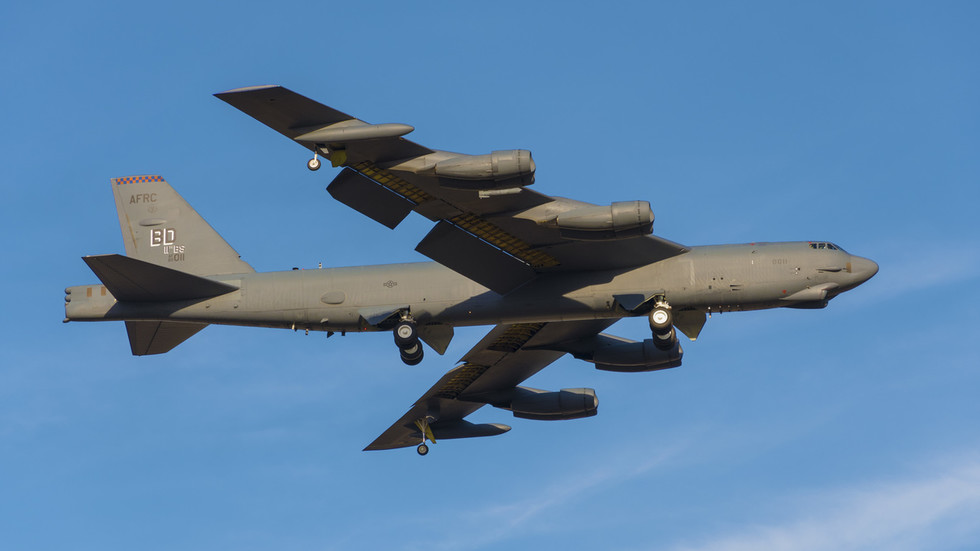In early October 2023, a significant military development occurred in the UK with the arrival of three B-52 strategic nuclear bombers from the United States. Local aviation enthusiasts first reported the arrivals, noting the iconic history of the B-52, which has been in service since 1952 and remains a key component of the United States’ nuclear deterrent strategy. The presence of these aircraft at RAF Fairford, a base in Gloucestershire, has heightened interest and speculation regarding their deployment and the broader military posture of the US in Europe. The arrival of these bombers coincided with a planned redeployment of US warplanes to Europe, signaling an increased American military presence amid heightened geopolitical tensions.
The B-52 bombers, known for their long range and strategic capabilities, were tracked using local aviation resources. One of the bombers, codenamed ROPE32, arrived on a Thursday afternoon, while two others, referred to as FLUX11 and FLUX12, landed earlier in the week. These movements were closely monitored by enthusiasts familiar with military flight operations. Interestingly, reports indicate that one of the arriving bombers had recently participated in training exercises with the Finnish Air Force prior to its deployment to the UK. This suggests an active engagement in joint exercises with European partners, which enhances interoperability and demonstrates the US’s commitment to its allies.
The US Air Forces in Europe had previously announced that this deployment was part of a “Bomber Task Force-Europe” initiative, which was anticipated to occur shortly after the bombers’ arrivals. Such exercises are a long-standing approach employed by the US military to ensure readiness and demonstrate their operational capabilities alongside NATO allies. In their recent communications, the US military emphasized the importance of maintaining a visible presence in Europe to reinforce global security and stability. This is particularly pertinent in light of recent military escalations and rising tensions across various regions, notably in Eastern Europe and the Asia-Pacific.
Historical context underscores the strategic significance of these bombers. The B-52 has been a mainstay of US air power, participating in conflicts and deterrent operations across the globe since its introduction. The bomber’s ongoing presence in Europe underscores the US’s commitment to deter hostile actions from adversaries, particularly in light of previous joint military exercises involving B-52s that have provoked negative reactions from countries like North Korea. The participation of these aircraft in maneuvers alongside allies reflects a consolidated effort to maintain security coalitions and demonstrates a united front against potential aggressions.
The increased activity in the UK’s airspace is not happening in isolation but within a broader framework that includes various international military exercises. Notably, joint drills between the US, Japan, and South Korea last year featured B-52s and were characterized by heightened tensions in the region. These drills have been met with stern responses from North Korea, which views such military coordination as a direct threat. The potential for further bombers to arrive in the UK only complicates the international dynamics, heightening scrutiny from various global players concerned about militaristic posturing and its implications for regional stability.
In summary, the arrival of B-52 bombers in the UK serves as a potent reminder of the evolving security landscape and the role of military deterrence. Their presence at RAF Fairford is part of a carefully orchestrated effort by the US to maintain its strategic posture in Europe, support NATO allies, and reassure partner nations amid a backdrop of global uncertainties. As military exercises and operations continue in this tense climate, the impact of these strategic assets will undoubtedly reverberate across the geopolitical spectrum, influencing both cooperation and competition among nations.

